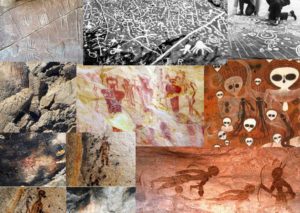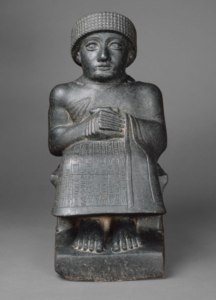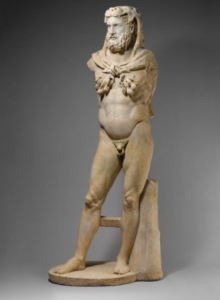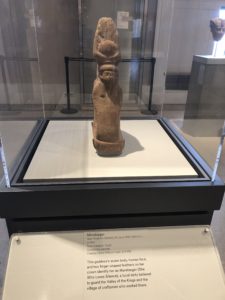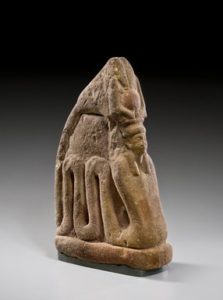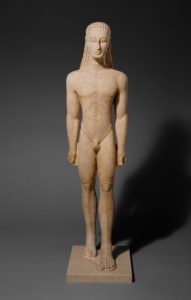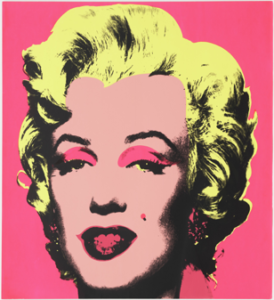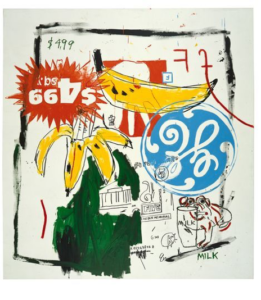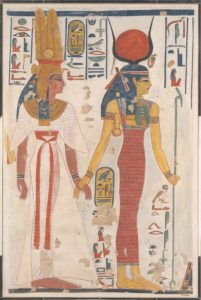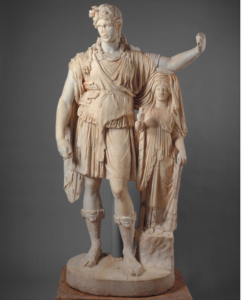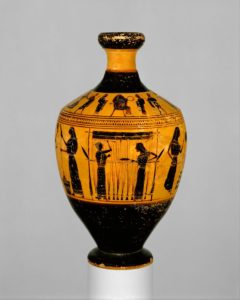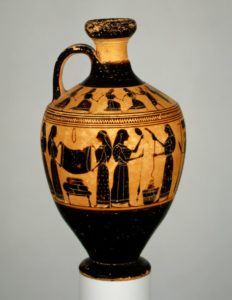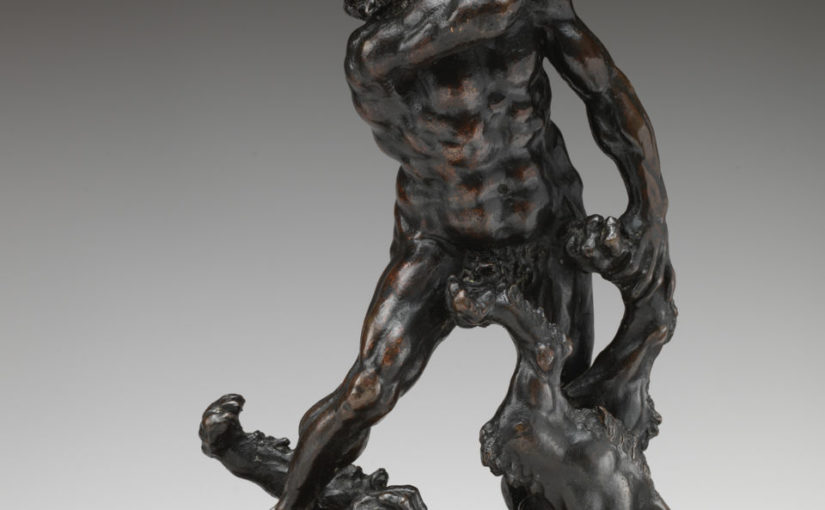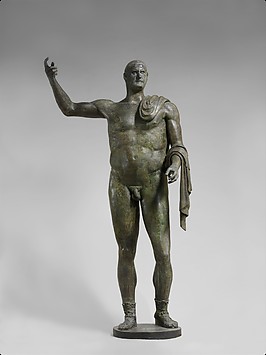From the 20th Century to modern day civilization, societies from all around the globe have constantly endured their share of hardships. For example, in the ’40s the world experienced the horrific nature of The Holocaust. After years of fighting with the Germans, the end result was an utter catastrophe. Buildings were destroyed, homes turned to ash, and millions murdered. It took decades to rebuild what was once lost, but yet the job was finished wholeheartedly. Due to architects and their projects, new buildings were built and as everything was being brought back slowly, hope was restored to the people. After WWII, comes the rise of the Cold War. As a result of the Cold War, economies plummeted and certain societies were destroyed. For example, the society of Yugoslavia was in shambles. However, the Utopian project was created to rebuild through architecture and restore the light in the souls of the people. Nothing more is desired than to live harmoniously amongst each other with the eradication of violence. That is what architecture has and is continuously trying to provide society with. In its purest form, architecture provides a certain influence on society through its intersection with individualistic creativity. This concept of art is used worldwide in an ongoing attempt to create drastic changes in modern civilization and in the minds of the general public. Through the architectural genius of Bodys Isek Kingelez “City Dreams,” the project known as “Toward a Concrete Utopia: Yugoslavia,” and from public architecture such as the fallen Twin Towers (now known as One WTC), the world is in an attempt to move towards a better future.
Bodys Isek Kingelez is a self-taught Congolese artist who decided to bring a pure fantasy into a reality. His “City Dreams” collection consists of vibrant and elaborate cities that are made from paper and cardboard (Wiesenberger). Kingelez dedicated his buildings to cities, companies, countries, civic infrastructure, and intergovernmental organizations (Wiesenberger). Much of his work actually represents the city and country in which he grew up in, as well as, future utopian communities. For example, the project known as Ville De Sete 3009 is a projection of a fictive metropolis (Wiesenberger) where doctors and police are not needed (MoMA).

Other exceptional and profoundly artistic pieces that Kingelez created was the U.N. (1995) and the Scientific Center of Hospitalisation the SIDA (1991) (MoMA). The U.N. piece was created to “attest the organization’s global peacekeeping efforts and the artist’s own sense of civic responsibility” (MoMA). It represents a peaceful future, in which nations from around the world come together to create a united society. No wars, just peace. The Scientific Center of Hospitalisation of SIDA was created in response to the spread of AIDS in his country. Kingelez himself was quite intrigued with world events and social issues (MoMA) which acted as a prime inspiration in his creations. “His work explores urgent questions around urban growth, economic inequity, how communities and societies function, and the rehabilitative power of architecture—issues that resonate profoundly today” (MoMA). In the artist’s words, he imagined “a better, more peaceful world” (MoMA). People who walk by this exhibit in the Museum of Modern Art hardly recognize the purity it brings and the hope it establishes. When I first experienced this exhibit, I was in awe. A sudden wave of serenity washed over me, and in my mind, I pictured a better future filled with peace.
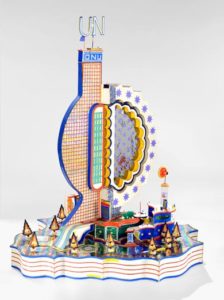
Architecture not only inspires, but it transforms the world as well. Societies have endured countless wars and total destruction, but what brings it back from the brink is the use of architecture. The Republic of Yugoslavia is a perfect example of the true use of architecture. After the Cold War, everything was in shambles. However, architects who participated in the Concrete Utopian Project from 1948-1980 “responded to contradictory demands and influences, developing a postwar architecture both in line with and distinct from the design approaches seen elsewhere in Europe and beyond” (MoMA). This project explores “themes of large-scale urbanization, technology in everyday life, consumerism, monuments and memorialization, and the global reach of Yugoslav architecture” (MoMA). Without these wonderful artistic minds, Yugoslavia would not be living up to its own potential. Some might say architecture nowadays is all about becoming the new face of a magazine (MoMA/Youtube). They wouldn’t be wrong. However, those who would say that are not entirely correct. Yes, architecture is a competition, but it is also the foundation of the future. Without architecture, the world would be archaic. It’s beautiful to see what was once destroyed, to be back up on its feet again. Citizen of Yugoslavia never would have believed that their city would be restored back to glory.


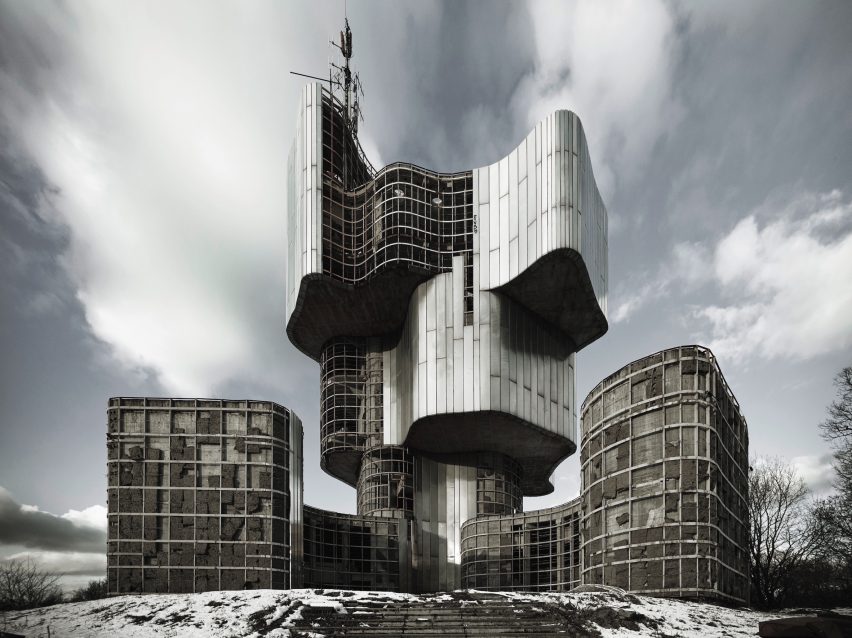
![]()
These structures represent a glowing new world. One in which everyone can enjoy and have stored in memory.
Now, one of the most prominent pieces of public architecture, in my opinion, is the fallen but never forgotten Twin Towers. On September 11, 2001, a horrific act of terrorism flew two planes into the Twin Towers in New York City. Before these towers were destroyed, the architectural brilliance that went into it is beyond anyone’s wildest dreams. “Manhattan’s World Trade Center was a triumph of human imagination and will. Completed in 1973, the towers stood at 110 stories each, accommodating 50,000 workers and 200,000 daily visitors in 10 million square feet of space” (History.com). It was New Yorks most famous tourist attraction and symbolized “America’s–steadfast devotion to progress and the future” (History.com). If someone were to visit New York, from a plane these towers could be seen. That is when someone would know they are in New York City. Some would even use these towers to orient themselves in the hustle and bustle of the city. The World Trade Center was a “concept of world peace through trade” (History.com). It was not only a symbol of the future, but it was a symbol of triumph as well. Even though the towers are gone, a new World Trade Center stands in its place. It stands mighty and strong, commemorating the fallen and showing the world that America and New York cannot be brought down. There is resiliency in the architecture of this building and hope of a new age.


I chose architecture as my topic because it represents something unique for every individual. For one it might represent hope, for another, it could represent bravery or courage. No matter the representation, architecture affects every person differently. It’s important to understand the true nature and effect it has on society because, without this piece of creativity and art, society becomes uncultured. Through the architectural genius of Bodys Isek Kingelez “City Dreams,” the project known as “Toward a Concrete Utopia: Yugoslavia,” and from public architecture such as the fallen Twin Towers (now known as One WTC), the world is in an attempt to move towards a better future.
Bibliography
Art, The Museum of Modern, director. Toward a Concrete Utopia: Architecture in Yugoslavia, 1948-1980. YouTube, YouTube, 10 July 2018, www.youtube.com/watch?v=M2S0bBTHu-8.
“Bodys Isek Kingelez: City Dreams.” Lee Bontecou. Untitled. 1959 | MoMA, www.moma.org/calendar/exhibitions/3889?locale=en.
“Toward a Concrete Utopia: Architecture in Yugoslavia, 1948– 1980.” Lee Bontecou. Untitled. 1959 | MoMA, www.moma.org/calendar/exhibitions/3931
Wiesenberger, Robert. “Bodys Isek Kingelez: City Dreams.” Art Papers, www.artpapers.org/bodys-isek-kingelez-city-dreams/.
“World Trade Center .” History.com, A&E Television Networks, www.history.com/topics/landmarks/world-trade-center.
